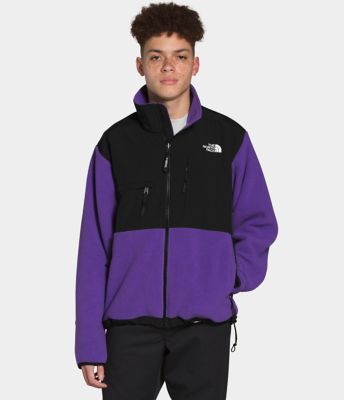Dark Green Crinkle Jersey Long Sleeve Mini Oversized Smock Dress | New Look
Crew neckline. Long puff sleeves. Frill trim. Mini length. Crinkle jersey fabric. Oversized fit. Charlie is 5’8″/173cm and wears UK 10/EU 38/US 6.
Effortless style? Yes please. Opt for this green smock dress.
– Crew neckline
– Long puff sleeves
– Frill trim
– Mini length
– Crinkle jersey fabric
– Oversized fit
– Charlie is 5’8″/173cm and wears UK 10/EU 38/US 6
Product Code: 801550838
Care Guide:
Main: 99% Polyester, 1% Elastane.
Machine washable.






Reviews
There are no reviews yet.